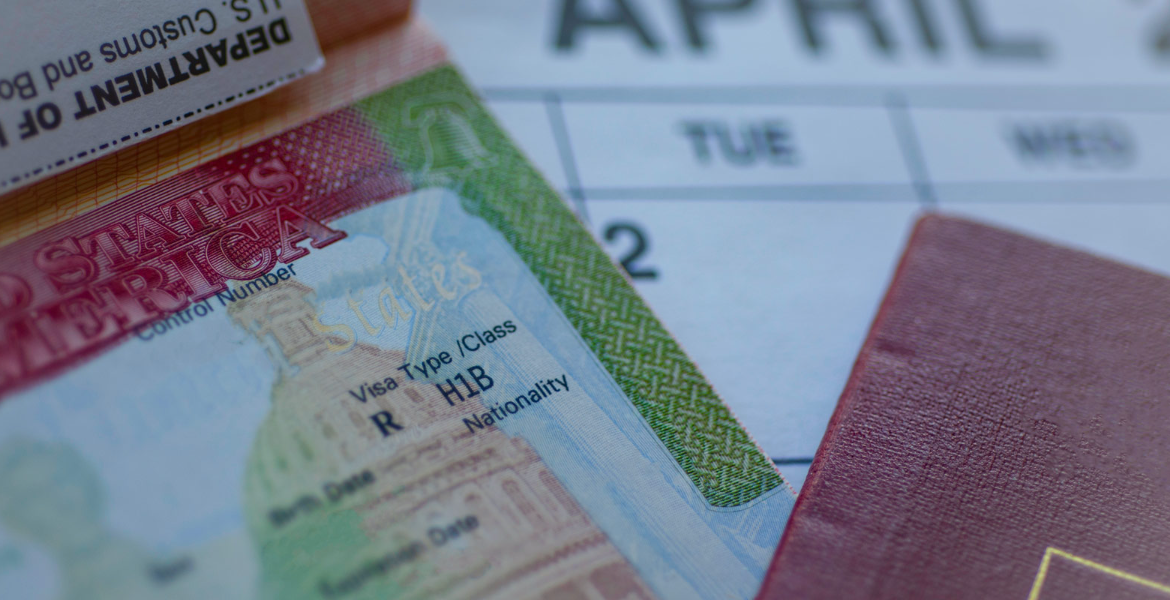How Does H-1B Visa Employment Impact American Tech Jobs

As the new year begins, the H-1B visa program remains a focal point of intense debate, reflecting the intricate interplay between economic strategy, immigration policies, and cultural narratives.
Established in 1990 under President George H.W. Bush’s Immigration Act, the program was designed to allow temporary employment for skilled foreign workers in specialized sectors such as technology and engineering. Significantly, the H-1B program has attracted controversy over concerns regarding job competition for American workers. Critics argue that the influx of foreign labour encroaches upon opportunities intended for US citizens.
This sentiment gained traction during Donald Trump’s presidency, when scepticism towards the program culminated in policy measures aimed at limiting the issuance of H-1B visas, based on the premise that foreign workers threaten local employment prospects. In recent months, discussions have shifted as new advocates within Trump’s circle, including prominent figures such as Elon Musk and AI advisor Sriram Krishnan have pushed for reforms to the H-1B system.
Proposed changes include the removal of country-specific caps on employment visas, potentially increasing access for skilled workers. Currently, 65,000 H-1B visas are available annually, with an additional 20,000 earmarked for applicants holding advanced degrees from US institutions. Yet, as demand consistently exceeds supply, the application process devolves into a lottery system, leaving many qualified candidates without opportunities.
Indian professionals make up over 70% of H-1B visa recipients, while applicants from other nations, such as China, represent a much smaller percentage. Challenges inherent in the H-1B program include its limitation to a three-year term, extendable to a maximum of six years. Many holders pursue Green Cards to secure greater stability but face obstacles due to a country-specific cap that limits allocations to 7%.
Concerns over wage competition compound this issue, as many H-1B workers often accept lower salaries than their American counterparts. This wage disparity raises fears that American job seekers may need to adjust their salary expectations to remain competitive in the tech labour market. However, focusing solely on the perceived drawbacks of the H-1B program risks overlooking the substantial contributions of these skilled workers to the US economy.
Research indicates that immigrants often collaborate with American employees rather than compete against them, filling critical skill gaps and enhancing overall productivity within companies. Additionally, their financial contributions stimulate local economies, driving demand for goods and services, which ultimately creates more job opportunities.
H-1B visa holders have also played a crucial role in fostering innovation and entrepreneurship within the tech industry, particularly during crises such as the COVID-19 pandemic.
Related
EU denies picking on US tech giants, says US also…
BRUSSELS (Reuters) - Europe's new tech rule aims to keep digital markets
H-1B Visa 2025: How and why US policy shift may…
Recent changes in US H-1B visa policies have sparked significant concern within the Indian IT professional community hoping to work in America. However, the a
Alibaba Group (BABA) Stock: Chinese Tech Giants Gain $439 Billion…
Chinese tech stocks have gained over 40% this year, adding $439 billion in valueChina’s “7 titans” are outperforming the US “Magnificent Seven” tech s
The Global Spread of Protectionist Policies That Squeeze American Tech…
An increasing number of countries in recent years have begun targeting America’s leading technology firms with policies touted as measures to promote fair com













